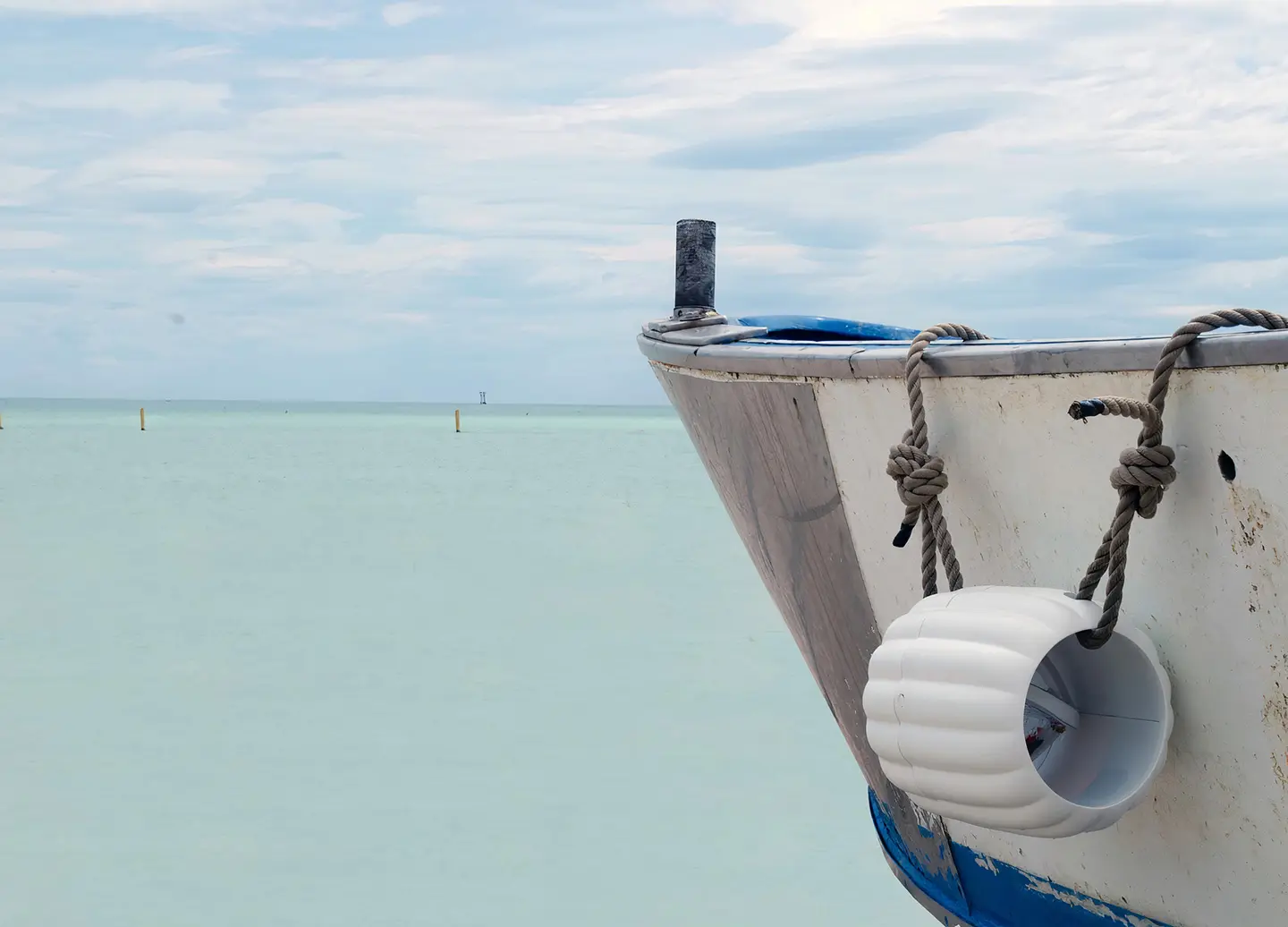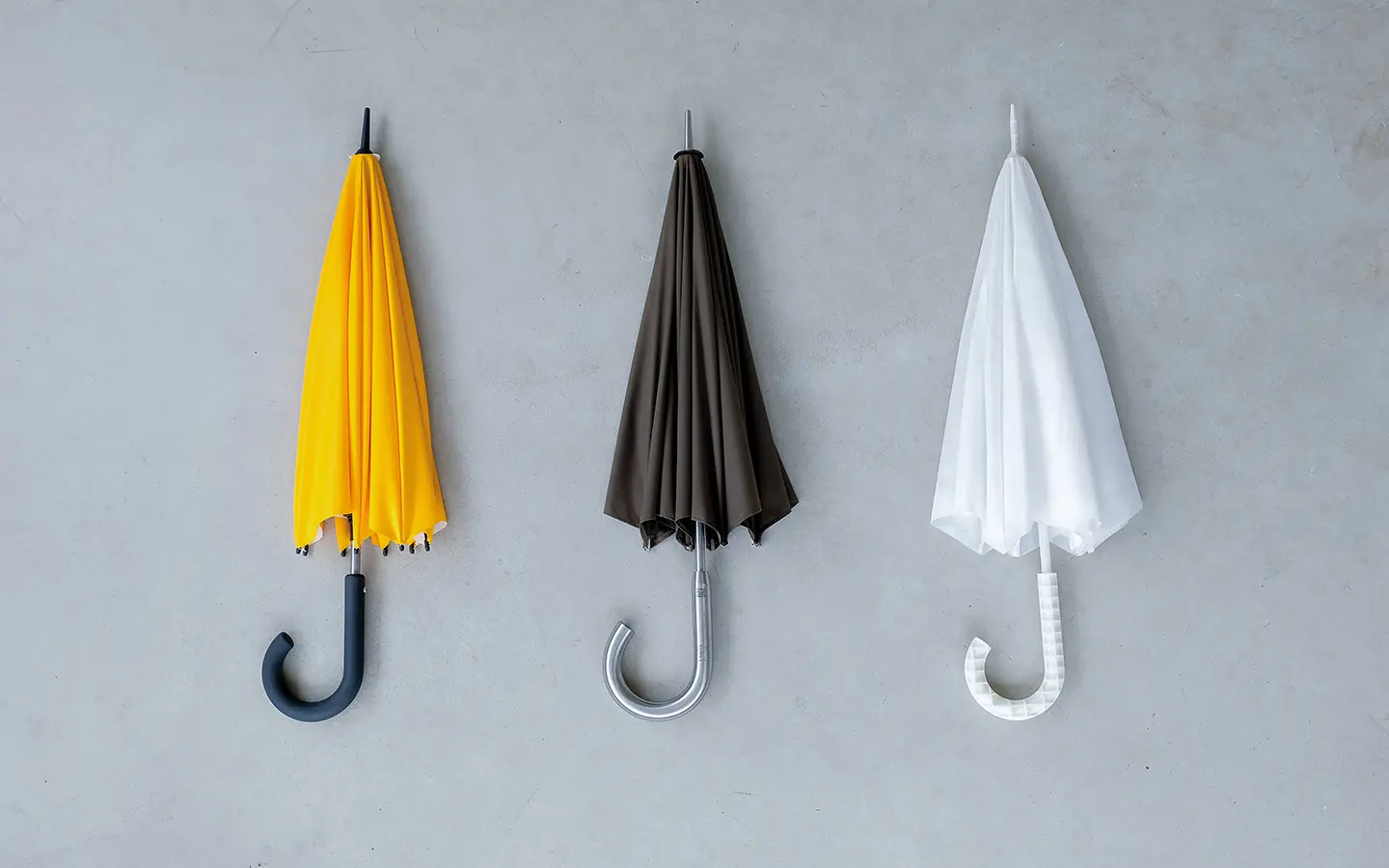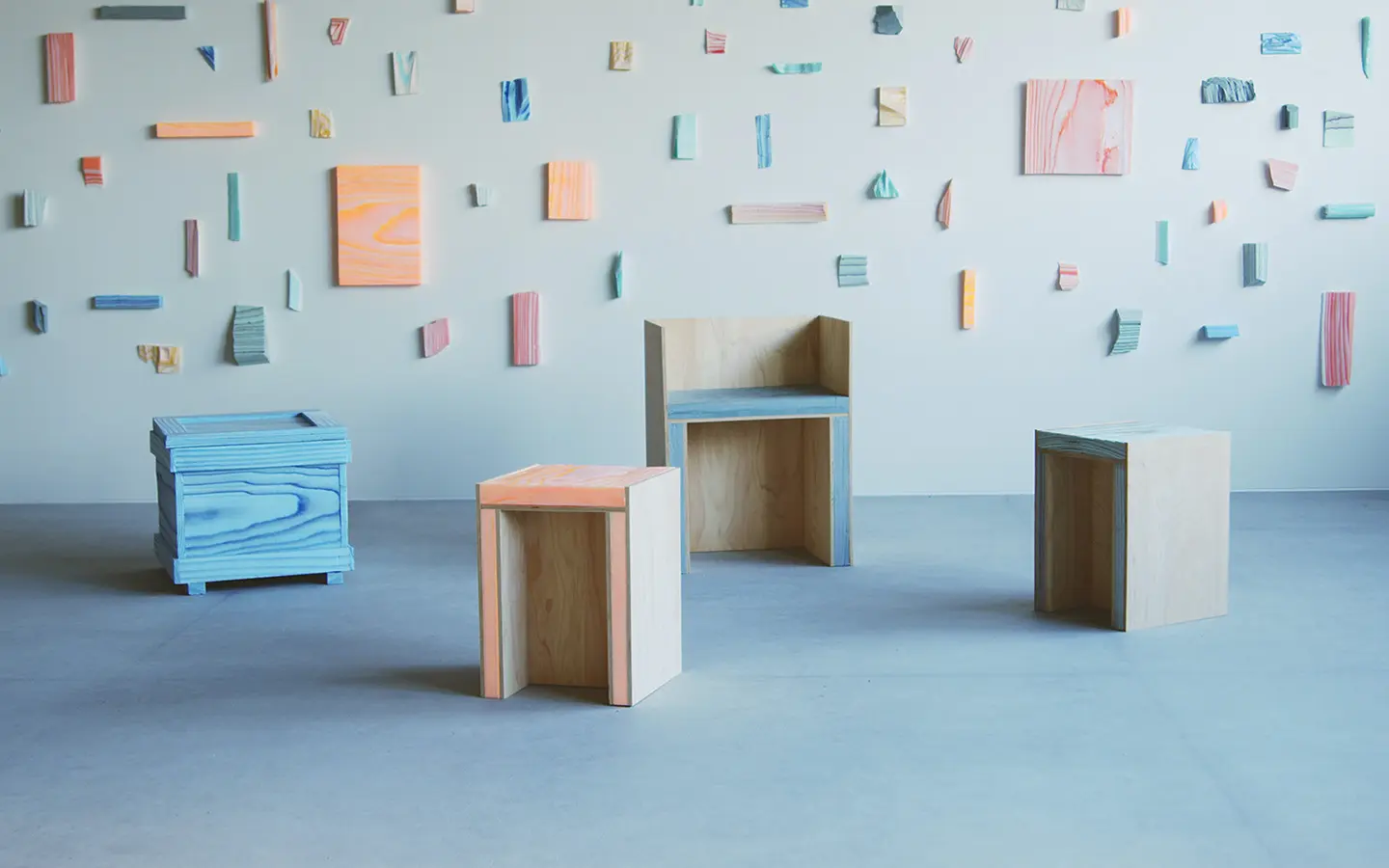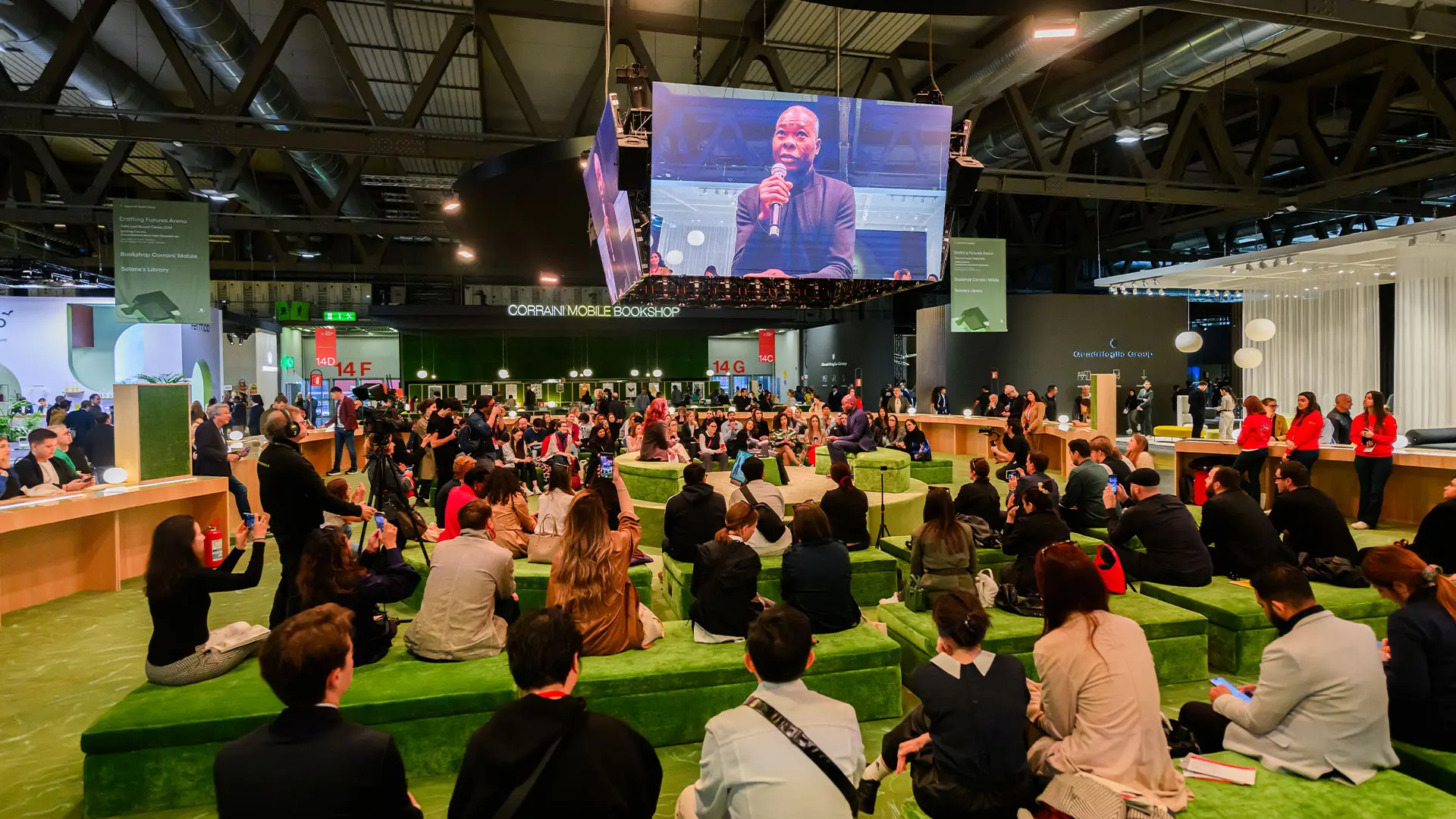The Lost Graduation Show – the Figures

Adding to the general excitement with 170 projects at “supersalone” will be 48 design schools (selected from over 300 that responded to the open call) from 22 different countries
One of the most keenly-awaited exhibitions at “supersalone” is The Lost Graduation Show, curated by Anniina Koivu, which will showcase 170 projects by students who graduated between 2020 and 2021, from 48 schools of design in 22 different countries. It was a tough choice given that almost 300 design schools in 59 countries responded to the open call in early June.
The format of the exhibition has proved a winning factor and an absolute first in the history of the Salone del Mobile.Milano, touching on all areas of furniture design, and more besides. Incursions into the world of mobility, inclusive, medical and sports design, materials research and design sustainability will document the status quo of an entire sector. The hope is that the exhibition will act as a stimulus for schools to teach the sort of design that channels “disruptive” practices, generating responsible, intelligent and accessible projects both now and in the future. This is precisely how the Salone del Mobile.Milano aims to support the design schools, promoting the new generation of designers and narrating their enthusiasm, courage and hard work at a time of huge change for the profession.
The Lost Graduation Show, in pavilion 4, will be driven by the urgent need to create a temporary exhibition in which no materials are wasted. Conceived as a standardised landscape, the installation will be based around a single material, modular and locally-sourced Ytong autoclaved aereated concrete blocks supplied by Xella Italia. Once disassembled, all the components will be ploughed back into the construction production cycle.

Tre Miglia by Matteo Brasili NABA Nuova Accademia di Belle Arti Milano Image credit: Matteo Brasil
Of the European countries, Germany is the most highly-represented in terms of schools (eight, no less): the Bauhaus Universität (Weimar), the Hochschule für Technik und Wirtschaft (Berlin), the HFG (Karlsruhe), the UDK (Berlin), the FHP University of Applied Sciences (Potsdam), the ABK Staatliche Akademie der Bildenden Künste (Stuttgart) and the Weißensee Kunsthochschule (Berlin); then there’s Italy, with six schools: the IED, the Free University of Bolzano, NABA, Milan Polytechnic University, the Scuola Politecnica di Design and the UNIRISM (San Marino); the United Kingdom with four schools: Central Saint Martins, Falmouth University, Nottingham Trent University and the Royal College of Art; France with the Ecole des Arts Décoratifs, l’École Nationale Supérieure de Création Industrielle, the Strate School of Design; then Poland with the Academy of Fine Arts (Warsaw), the Uniwersytet SWPS (Warsaw), the Academy of Fine Arts (Wrocklaw); Spain with the Catalunya School of Design and Visual Arts (Catalonia), the University School of Design, Innovation, and Technology (Madrid), the IE School of Architecture and Design (Madrid); Belgium with University College West Flanders and the Ecole Nationale Supérieure des Arts Visuels de La Cambre; Switzerland with ECAL and the Zürcher Hochschule der Künste; Finland with the Aalto School; the Netherlands with the Design Academy di Eindhoven and Sweden with the Lund University.

Conditional Longevity: The Umbrellas by Charlie Humble
The contingent from the Americas will include Canada’s Emily Carr University of Art + Design and the Université du Québec in Montreal; Mexico’s National School of Architecture, Art and Design Tecnológico de Monterrey / Mexico City, and the United States’ Pratt Institute (NY) and the Rhode Island School of Design.
There’s also healthy cohort from schools in Asia: India’s National Institute of Design and The Design Village; Indonesia’s Bandung Institute of Technology and Israel’s Shenkar College of Engineering. Design. Art; Japan’s Musashino Art University; Qatar’s Virginia Commonwealth University; Russia’s Moscow State Stroganov Academy; Singapore’s LASALLE College of the Arts and South Korea’s Hanyang University.

Seam of skin by Chiaki Yoshihara
“Visiting the Salone del Mobile.Milano each year is a fount of energy and new ideas,” said Anniina Koivu, curator of the exhibition. “Now, after an 18-month blackout, we can hardly wait to pick up the pace, start producing again, meeting face-to-face and enjoying ourselves. I am sure that “supersalone” will short-circuit the stand-by mode in which we are all languishing. The Lost Graduation Show will provide a unique opportunity for picking up the threads of the discourse, assessing with fresh eyes the most urgent issues design should be tackling and which directions to take. What better way to kick off again than by focusing on the questions of the new generation of designers and their replies? Best of all will be finding out that the issues closest to the hearts of the young creatives are surprisingly similar the world over. Bringing them all together on a global stage represents an opportunity for rebirth.”
Alongside the physical exhibition, all the selected works will be uploaded onto a digital platform – @thelostgraduationshow – in order to reach an even wider audience and allow anyone who so desires to contact the young creatives directly. Lastly, a jury of international experts and protagonists of the design world will assess the projects on exhibit and assign awards to the best in each category.

















